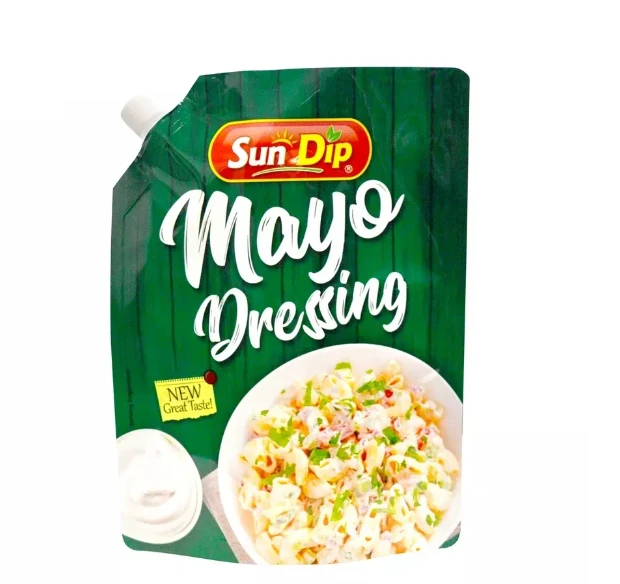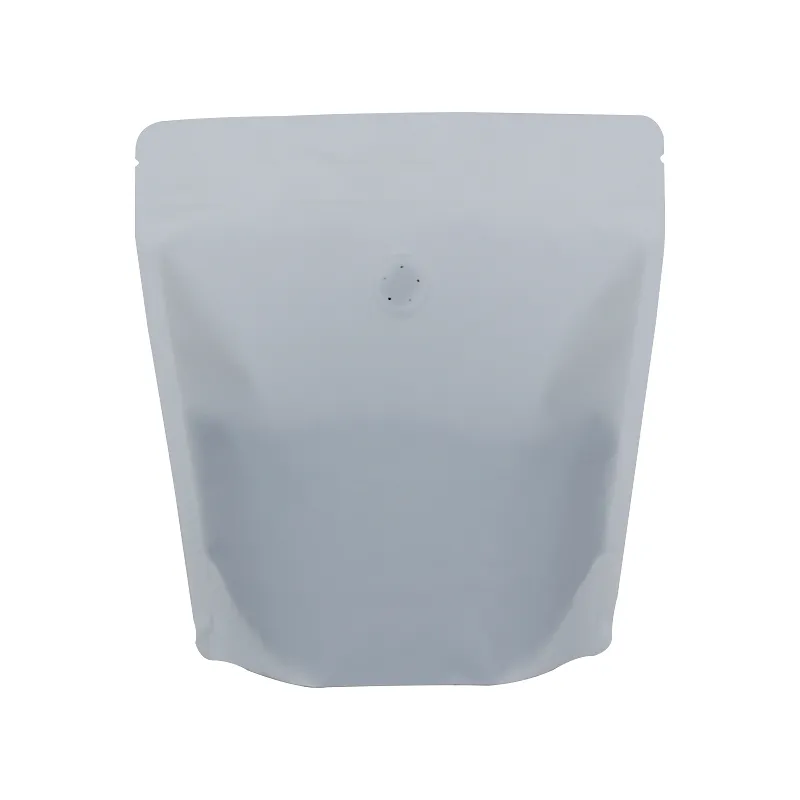- Afrikaans
- Albanian
- Amharic
- Arabic
- Armenian
- Azerbaijani
- Basque
- Belarusian
- Bengali
- Bosnian
- Bulgarian
- Catalan
- Cebuano
- chinese_simplified
- chinese_traditional
- Corsican
- Croatian
- Czech
- Danish
- Dutch
- English
- Esperanto
- Estonian
- Finnish
- French
- Frisian
- Galician
- Georgian
- German
- Greek
- Gujarati
- haitian_creole
- hausa
- hawaiian
- Hebrew
- Hindi
- Miao
- Hungarian
- Icelandic
- igbo
- Indonesian
- irish
- Italian
- Japanese
- Javanese
- Kannada
- kazakh
- Khmer
- Rwandese
- Korean
- Kurdish
- Kyrgyz
- Lao
- Latin
- Latvian
- Lithuanian
- Luxembourgish
- Macedonian
- Malgashi
- Malay
- Malayalam
- Maltese
- Maori
- Marathi
- Mongolian
- Myanmar
- Nepali
- Norwegian
- Norwegian
- Occitan
- Pashto
- Persian
- Polish
- Portuguese
- Punjabi
- Romanian
- Russian
- Samoan
- scottish-gaelic
- Serbian
- Sesotho
- Shona
- Sindhi
- Sinhala
- Slovak
- Slovenian
- Somali
- Spanish
- Sundanese
- Swahili
- Swedish
- Tagalog
- Tajik
- Tamil
- Tatar
- Telugu
- Thai
- Turkish
- Turkmen
- Ukrainian
- Urdu
- Uighur
- Uzbek
- Vietnamese
- Welsh
- Bantu
- Yiddish
- Yoruba
- Zulu
Durable & Lightweight Flexible Food Packaging Fresh Food Preservation
- Understanding the importance of flexible packaging in modern food industries
- Key technological advancements driving material innovation
- Comparative analysis of leading flexible packaging manufacturers
- Customized solutions for diverse food packaging needs
- Real-world applications in pet food and perishable goods
- Environmental considerations and regulatory compliance
- Future trends shaping the flexible food packaging
landscape

(flexible food packaging)
Flexible Food Packaging: Revolutionizing Food Preservation and Distribution
The global flexible food packaging market is projected to reach $91.2 billion by 2028, growing at a CAGR of 4.3% (Grand View Research, 2023). This growth stems from increasing demand for lightweight, cost-effective solutions that extend shelf life while reducing transportation costs. Advanced materials now enable 35% longer product freshness compared to traditional packaging, addressing critical challenges in food waste reduction.
Technological Superiority in Material Engineering
Modern flexible packaging materials for food products combine multilayer structures with nanotechnology. Key innovations include:
- High-barrier films with oxygen transmission rates below 1 cc/m²/day
- Antimicrobial coatings reducing bacterial growth by 99.7%
- Temperature-resistant laminates maintaining integrity from -40°C to 150°C
Manufacturer Capability Comparison
| Manufacturer | Material Types | Key Advantage | Market Share |
|---|---|---|---|
| Amcor | Polypropylene, Aluminum Foil | 78% Recyclability | 22% |
| Sealed Air | PET, Nylon Blends | 95% Compression Resistance | 18% |
| Constantia Flexibles | PE, EVOH Barriers | 0.5% Leakage Rate | 12% |
Tailored Packaging Solutions
Customization parameters for pet food flexible packaging demonstrate industry adaptability:
- Moisture control systems maintaining 8-12% humidity levels
- Re-sealable zippers with 5,000+ cycle durability
- Custom print designs supporting 98% color accuracy
Industry Application Case Studies
A multinational pet food brand achieved 40% distribution cost reduction through optimized pouch dimensions. Modified atmosphere packaging (MAP) solutions for fresh produce extended shelf life by 21 days, decreasing retail waste by 33%.
Sustainable Innovation in Flexible Food Packaging Materials
Recent developments in bio-based polymers now represent 28% of new material patents (WIPO, 2023). Leading suppliers offer carbon-neutral production lines capable of manufacturing 1.2 million units/day while meeting FDA and EU 10/2011 compliance standards.

(flexible food packaging)
FAQS on flexible food packaging
Flexible Food Packaging Basics
Q: What are flexible food packaging materials?
A: Flexible food packaging materials are lightweight, adaptable materials like plastics, films, or laminates designed to protect and extend the shelf life of food products. They are customizable for sealing, printing, and barrier properties. Common examples include polyethylene, aluminum foil, and BOPP films.
Benefits of Flexible Packaging
Q: Why choose flexible packaging for food products?
A: Flexible packaging reduces material waste, lowers transportation costs, and offers superior protection against moisture, oxygen, and contaminants. Its lightweight design and resealable options enhance convenience for consumers. It also supports vibrant branding and sustainability goals.
Pet Food Packaging Solutions
Q: What makes pet food flexible packaging unique?
A: Pet food flexible packaging requires high barrier properties to prevent fat oxidation and preserve freshness. It often uses multi-layer laminates for durability and puncture resistance. Features like zip-lock closures and portion-control designs cater to pet owners' convenience.
Material Safety Standards
Q: Are flexible food packaging materials safe?
A: Yes, flexible food packaging materials must comply with FDA, EU, or regional food-contact safety regulations. They undergo rigorous testing for chemical migration, heat resistance, and durability. Manufacturers use food-grade inks and adhesives to ensure safety.
Sustainability in Flexible Packaging
Q: Can flexible food packaging be eco-friendly?
A: Many flexible packaging options now use recyclable or compostable materials like bio-based plastics or mono-layer films. Innovations like reduced material thickness and recycling programs aim to minimize environmental impact. Brands increasingly adopt these solutions to meet consumer demand for sustainability.













